
Mastering SQL Server Ranking Functions: RANK, DENSE_RANK, ROW_NUMBER, and NTILE
We are providing a thorough explanation of the four crucial SQL ranking functions, RANK(), DENSE_RANK(), ROW_NUMBER(), and NTILE(). It illustrates their differences with instances of the best situations in which they can be used. Additionally, it discusses how frequently each function is used in practical database management and analysis.
We are providing a thorough explanation of the four crucial SQL ranking functions, RANK(), DENSE_RANK(), ROW_NUMBER(), and NTILE(). It illustrates their differences with instances of the best situations in which they can be used. Additionally, it discusses how frequently each function is used in practical database management and analysis.
Ranking Functions Explained
SQL also has a variety of ranking functions which assign a rank to each row within a partition. They are helpful during the search of the top performers, division of data into groups, and the process of percentile analysis. Rank, dense rank, row number, and Ntile are four of the most popular ranking functions.
SQL also has a variety of ranking functions which assign a rank to each row within a partition. They are helpful during the search of the top performers, division of data into groups, and the process of percentile analysis. Rank, dense rank, row number, and Ntile are four of the most popular ranking functions.
1. RANK()
The RANK() returns each row within a partition a rank within the sort sequence determined by the function. Whenever there may be several rows with identical values of the ordering criteria, then such rows are on the same rank. Once the rank is higher than the next position that is occupied, it skips that position producing a break in the chain of rank.For complete details and better understanding, please review the following reference link carefully: Check Here
2. DENSE_RANK()
RANK() and DENSE_RANK() are practically similar, with only one exception that DENSE_RANK() never skips any number. Put another way, when two or more rows share the same value of the ordering criteria they are ranked equally and the next ordered integer is the next rank.For complete details and better understanding, please review the following reference link carefully: Click Herecontinue....
The RANK() returns each row within a partition a rank within the sort sequence determined by the function. Whenever there may be several rows with identical values of the ordering criteria, then such rows are on the same rank. Once the rank is higher than the next position that is occupied, it skips that position producing a break in the chain of rank.
For complete details and better understanding, please review the following reference link carefully: Check Here
2. DENSE_RANK()
RANK() and DENSE_RANK() are practically similar, with only one exception that DENSE_RANK() never skips any number. Put another way, when two or more rows share the same value of the ordering criteria they are ranked equally and the next ordered integer is the next rank.
For complete details and better understanding, please review the following reference link carefully: Click Here
continue....


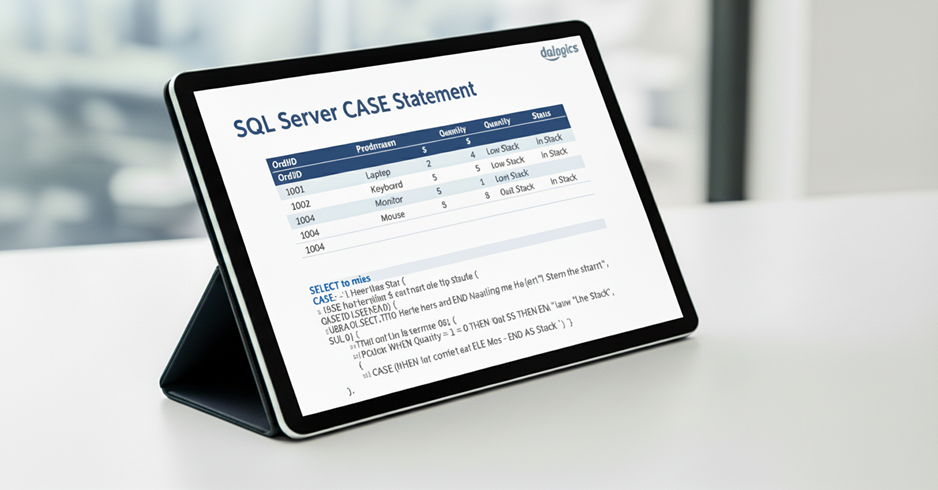
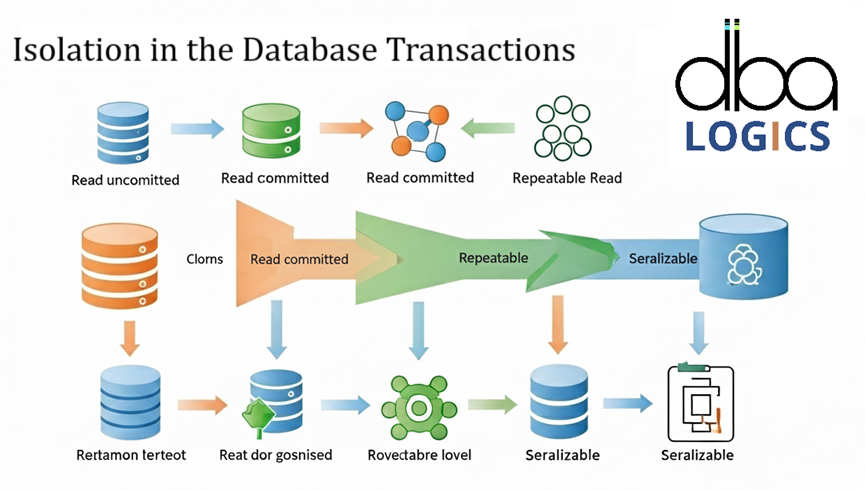
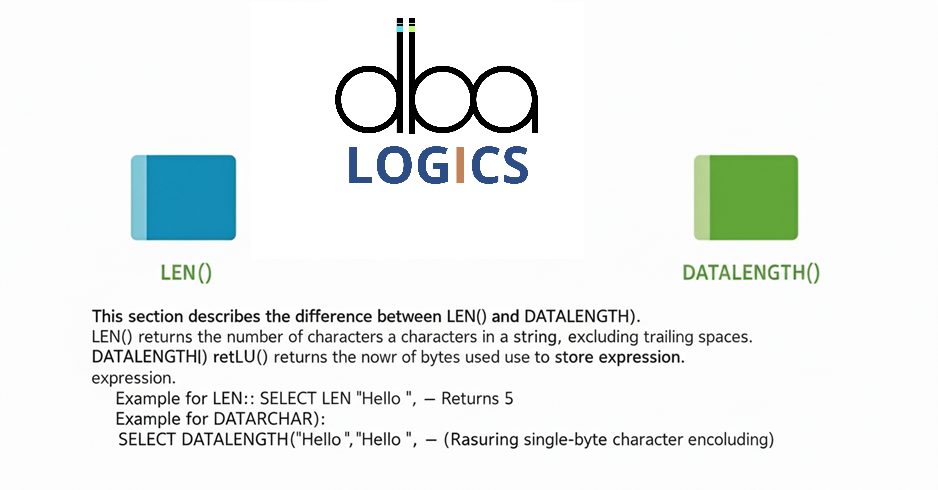
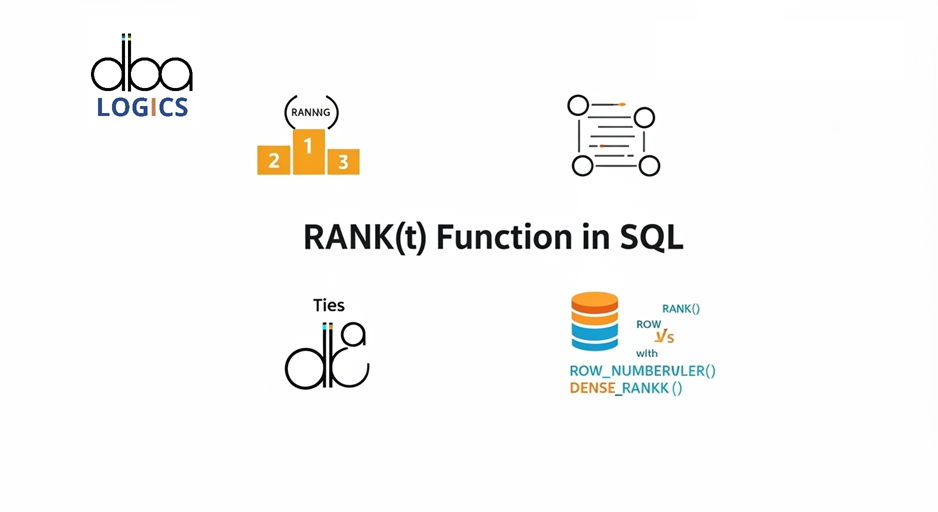
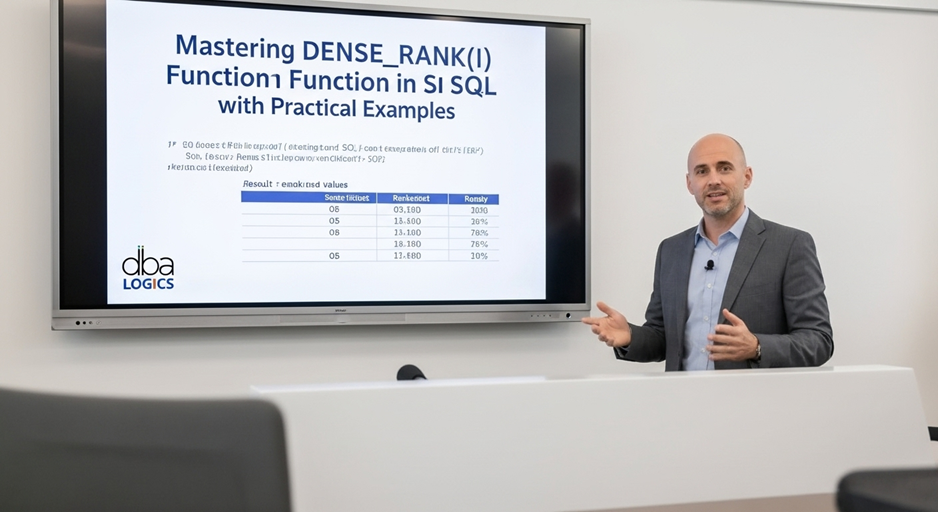




Post Comment
Your email address will not be published. Required fields are marked *